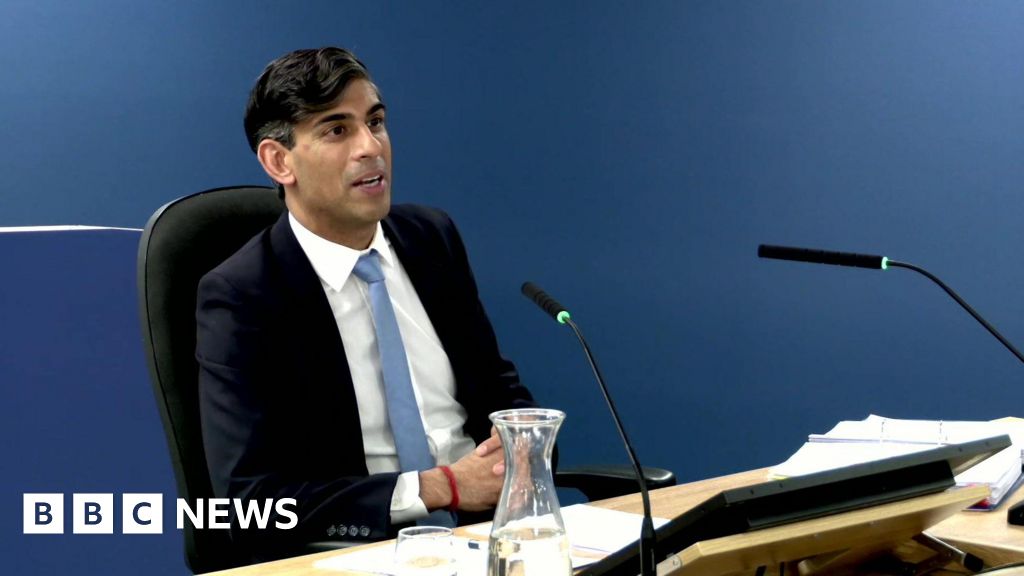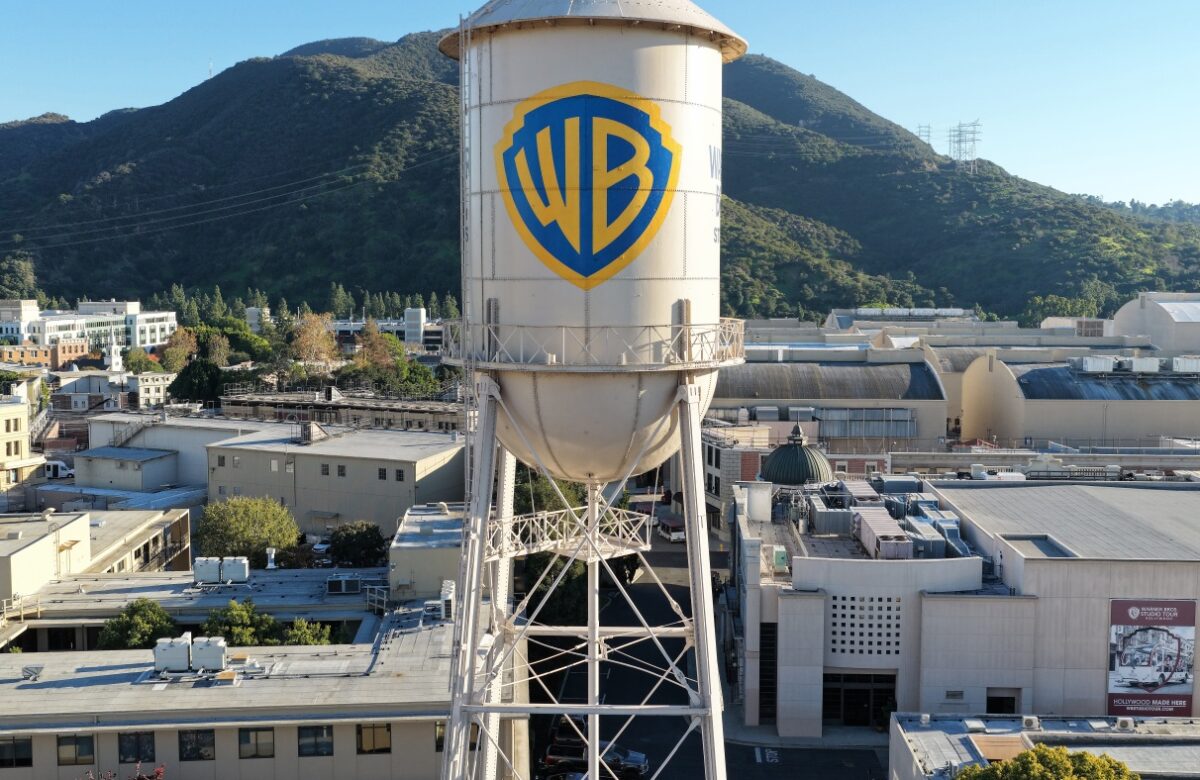NHS: how 14 years of Tory rule have changed Britain – in charts | General election 2024
- Politics
- June 14, 2024
- No Comment
- 141
If ever a saying fitted the claims made in an election cycle it must be the famous Mark Twain line about “lies: lies, damned lies, and statistics”.
If you tuned into the Sky leaders’ event on Wednesday or the ITV head-to-head that preceded it you could be forgiven for thinking that the NHS waiting list in England is increasing and decreasing all at the same time.
But while arguments over the waiting list go on (and we can expect more of this before the 4 July poll) real people are having to deal with the consequences of the backlogs.
Here, as part of our wider data series on how 14 years of Conservative party rule has changed Britain, we look at some of the key statistics when it comes to health.
The waiting list is almost three times the 2010 figure
For some months now the regular NHS data release has brought good-ish news for the government with overall waiting lists in England falling month-on-month since October. That followed a two-and-a-half years of almost consistently record highs: in three out of just 30 months the waiting list in England was at a record high.
But Thursday’s release was less good: the NHS waiting list in England grew slightly in April to almost 7.6 million (up from 7.5 million in March), effectively stalling the claims of improvement that Rishi Sunak has been able to cite on the campaign trail thus far. Figures are still almost triple the 2.6 million waiting for treatment when David Cameron became prime minister in May 2010.
Devolution means that waiting lists are measured slightly differently in other parts of the UK, but the other nations have also seen waiting lists increase post-Covid. On the whole the size of the waiting list in Northern Ireland is about 32% of its population, compared with 25% in Wales, and 13% in England and Scotland.
Sticking with England, A&E figures are a mixed bag for the prime minster. There has been moderate improvement in waiting times – about 60% of patients attending major emergency departments are now being seen within four hours compared with the low of December 2022 (49.6%). The A&E records only go back to 2011 but in April of that year 95% of patients were being treated in major emergency departments within four hours.
Cancer targets are not being met
None of the three operational standards for cancer were met in April. The NHS abolished or altered several of its cancer targets in late 2023 making a current evaluation of cancer figures more difficult.
However, the charity Macmillan Cancer Support says that, in England, NHS performance against one of the previous cancer targets became substantially worse after 2014 and that, even after the worst of the Covid impact on the health system had passed, the targets were most often missed.
One of the three new targets – that 85% of patients have their first treatment within two months of urgent referral for cancer – has been missed every month since it was introduced in October 2023, while indicative estimates by the same organisation show that the service has not treated 85% of patients within a two-month window since early 2018.
In May 2010, the month in which the coalition government was formed, that figure stood at 89%.
Responding to the latest data Mairaid McMahon, policy manager at Macmillan Cancer Support, said that, despite tireless efforts of NHS staff people with cancer were “being failed” by a health care system that was not being given the resources it needed to support them.
“The story consistently being told by waiting times data is that too many people are waiting too long to find out whether or not they have cancer, or for their cancer treatment to begin.”
As the waiting list grew, satisfaction plummeted
Given the size of the waiting list and the knock-on effect on patients waiting for treatment for a whole array of medical conditions, it is perhaps no surprise that public sentiment towards the NHS has plummeted.
In 2010, when the Conservatives entered a coalition with the Liberal Democrats, the proportion of people stating they were “very or quite satisfied” with health and social care stood at a record 70%.
Last year that figure fell to below a quarter (24%) for the first time, a record low for the British Attitudes Poll, which is carried out annually by the National Centre for Social Research(NatCen).
The crossover between those saying they were broadly satisfied versus those who were not came in 2021 in the wake of the Covid pandemic. Satisfaction levels do not cover early 2024, when the longest waits in England fell, but give a stark indication of the public’s disappointment in a health system they have traditionally been very proud of.
It is not just public satisfaction that is crumbling
A relative lack of capital investment in the NHS over the last 14 years has meant that England’s health infrastructure – hospital buildings, facilities and equipment – have, quite literally in some cases, started to crumble. This brings with it risk of serious failure, significant injury or disruption to clinical services.
The “maintenance backlog” is the amount the government needs to spend to improve rundown buildings and decrepit equipment back to acceptable levels of risk. Last year it stood at almost £12bn – a record – with the “high risk” backlog costing an estimated £4.2bn to fix (up from just £0.3bn in 2011-12).
Since those figures were last compiled, the NHS has become embroiled in the crumbling concrete crisis, with 54 hospitals confirmed as containing RAAC, a reinforced concrete, as of February.
Clapped but not compensated
Rishi Sunak was booed by a studio audience on Wednesday when he tried to shift blame for spiralling NHS waiting lists on to junior doctors taking industrial action.
The immediate audience backlash wasn’t surprising. Recent polling from Ipsos found the public was most likely to support NHS staff when it came to taking strike action. A majority backed nurses and ambulance workers, while 46% would support junior doctors if they chose to strike (compared with 33% against).
Despite public appreciation for NHS staff culminating in weekly public applause during the pandemic, the staff industrial action has followed 14 years where average pay for nurses and doctors has been falling in real terms.
NHS doctors have seen average pay fall by 9.3% since August 2010. Junior doctors have been penalised even harder, with a real-terms pay cut of 17%.
But it is nurses and health visitors – who earn substantially less than either doctors or junior doctors – who will feel the pinch the most.
Their average salary has fallen by almost £4,500 in the period between 2010 and 2024 – a real-terms pay cut of 10.5%.
#NHS #years #Tory #rule #changed #Britain #charts #General #election









